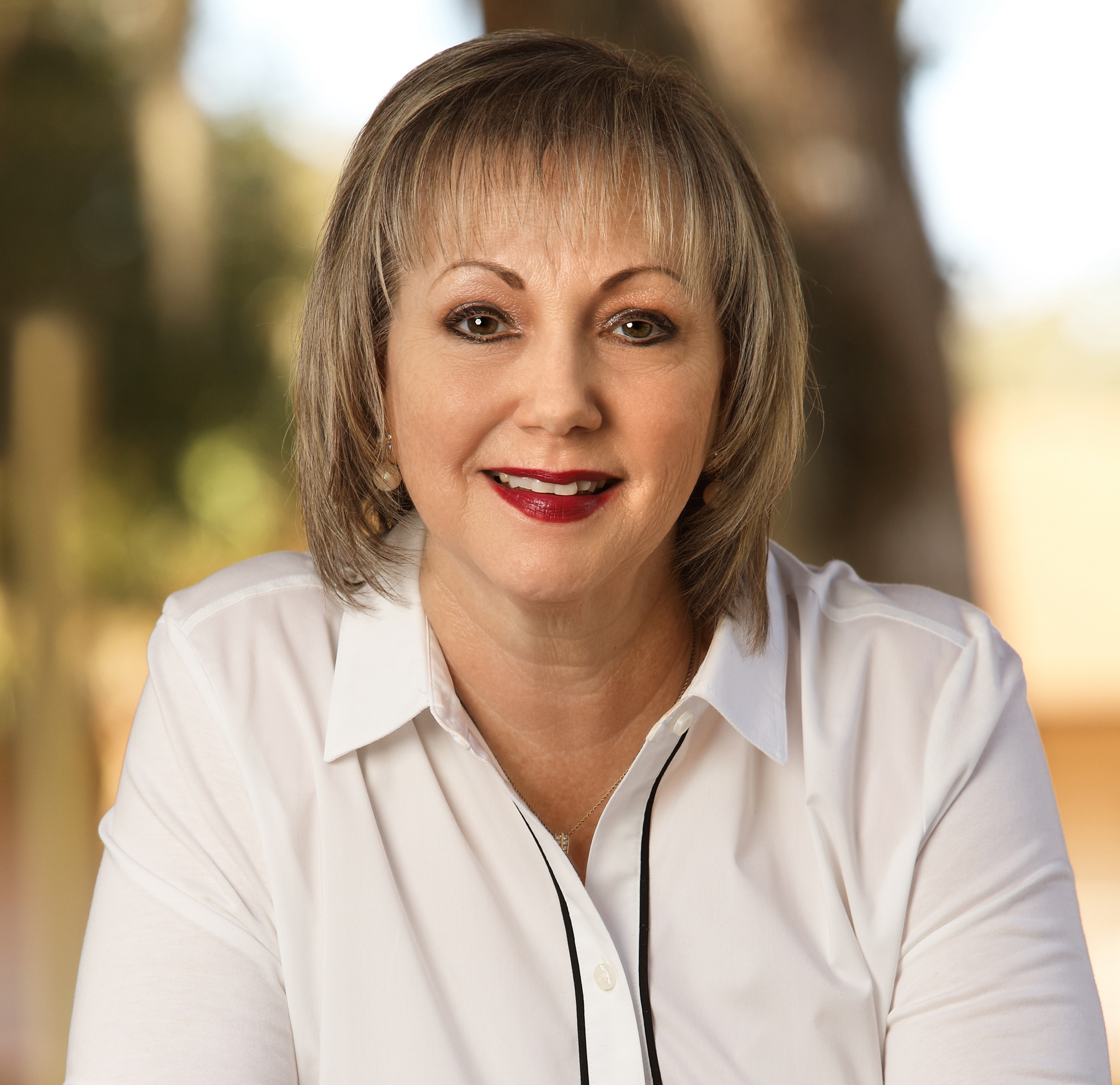
My mother used to say that I should have been born with a can of Pledge in my hand. My propensity toward cleaning, straightening, organizing, etc., has been a part of my life as far back as I can remember. But there have been times when my (let’s just call it what it is) obsession with “neat and orderly” has made those who love me and whom I love miserable. If they put a glass down too long (say, five seconds), I’ll scoop it up and have it in the dishwasher lickety-split.
You can probably understand, then, that over the years, when I’ve read Martha’s story, I’ve felt for her. What’s wrong with wanting to prepare the food? What’s wrong with wanting a little help in the kitchen? What’s wrong with—
Well, let’s look at her story.
A Little Background
Martha’s story is told in two sections of the gospels. The first is in Luke 10: 38-42. Sadly, at first blush, Martha’s story might leave us looking at her a little sideways.
Martha lived in the days when Jesus walked among us. We believe she was the oldest of three siblings—herself, her sister, Mary, and their brother, Lazarus. After teaching throughout Galilee, Jesus and His disciples often went to the little village of Bethany, where the siblings lived. (This Bethany is not to be confused with the area where Jesus was baptized by John the Baptist, which is Bethany on the other side of the Jordan, John 1:28). The village where the siblings lived was located about two miles from Jerusalem on the road to Jericho at the Mount of Olives.
Bethany wasn’t a stranger to Jesus and Jesus wasn’t a stranger to Bethany. In Matthew 21:17 and Mark 11:11, we read that after Jesus rode into Jerusalem on the back of a donkey (and was sang to and shouted joyfully at by the crowds who would turn on him only days later), He returned to Bethany and spent the night (perhaps at the home of the siblings). For certain, He knew Martha, Mary, and Lazarus well enough that, upon entering the village, they welcomed Him into their home. Seeing as He traveled with a team of men and women, welcoming Him meant welcoming them.
Photo Credit: ©GettyImages/Tatsiana Volkava
1. Fresh Linens, Anyone?

1. Fresh Linens, Anyone?
SLIDE 1 OF 6
When we talk about the story of Martha and Jesus’ gentle rebuke of her efforts toward hospitality, we often zero on in the kitchen and her work there. But what the Bible says is that while Mary sat at the Lord’s feet listening to Him, Martha was distracted by all the preparations that had to be made. This could have been the preparation of a meal—Middle Easterners are known for their hospitality and their culinary efforts—but it could also mean making sure that, if Jesus and His followers spent the night, they had a clean and proper place to sleep.
So much to do!
At some point, she becomes frustrated and, bold as you please, comes to Jesus and asks, “Lord, don’t you care that my sister has left me to do it all? Tell her to help me!”
Jesus began by saying her name twice, “Martha, Martha.” This tells us His reply was a gentle rebuke. This is also a Hebrew expression of intimacy. He wanted her to pay attention because He was not only her Lord—her Messiah—but He was also her friend. This type of name repetition can be seen throughout Scripture. God called the names of Abraham (Genesis 22:11), Jacob (Genesis 46:2), Moses (Exodus 3:4) and Samuel (1 Samuel 3:10) twice. Later, Jesus repeated Simon’s name in warning (Luke 22:31) and expressed His sorrow over Jerusalem by saying, “Oh, Jerusalem, Jerusalem...” (Matthew 23:37). Finally, from the Cross, He called out to the Father, “Eloi! Eloi!”
“Martha, Martha,” He said, “you are worried and upset about many things, but only one thing is needed. Mary has chosen what is better, and it will not be taken away from her” (Luke 10:41). The literal meaning of “worried and upset” tells us that she “took care of” many things but allowed them to “trouble” her.
In other words: Attitude, Martha. Attitude.
Look at the last part of his rebuke. He doesn’t say that what Martha chose to do (all those preparations) was bad. He said that what Mary chose—sitting at His feet, listening to His stories and teachings—was better. He also reminded Martha that food eaten by mouth would nourish the body for a while, but only for a while. Eventually, what we take into the body, leaves the body, and no matter how much we eat in one sitting, we will get hungry again. However, spiritual food and drink are different. In John 6:35, Jesus declared, “I am the bread of life. Whoever comes to me will never go hungry, and whoever believes in me will never be thirsty.”
Photo Credit: ©GettyImages/alvarez
2. Where Were You?

2. Where Were You?
SLIDE 2 OF 6
We read the second part of Martha’s story in John 11. Her brother, Lazarus, had become very ill and the sisters sent word to Jesus. We can read between the lines that they hoped that, just as Jesus had healed so many, He would also heal their brother.
This was more than just “sibling love,” which in and of itself is enough. Because we have no mention in the Bible of the parents of this trio, and because there is also no mention that Martha or Mary is married, we can assume that Lazarus was responsible for their wellbeing. Losing Lazarus was more than just losing a brother. This would have had even more significant repercussions.
But Jesus, after receiving the message, didn’t rush to them. Instead, He said to those with Him, “This sickness will not end in death” (John 11:4). Then He waited two more days after which time He said, “Now, let’s go back to Judea” (11:7).
The disciples expressed concern; the last time they were in the region, the religious leaders had tried to stone Jesus.
Jesus replied, “Are there not twelve hours of daylight? A man who walks by day will not stumble, for he sees by this world’s light. It is when he walks by night that he stumbles, for he has not light.”
The disciples must have given Jesus their best perplexed look, because He then plainly said, “Our friend Lazarus has fallen asleep; but I am going there to wake him up” (11:11).
The puzzlement increased until Jesus was forced to say, “Lazarus is dead, and for your sake I am glad I was not there, so that you may believe. But let us go to him.”
And so, they went. And when they arrived in Bethany, they discovered that Lazarus had been in the tomb for four days. Considering the burial practices and beliefs of their day, Jesus’ friend wasn’t just dead, he was “good and dead.”
As soon as Martha heard that Jesus had neared Bethany, she ran out to meet him. “Lord,” she said (we have no indication that she even took a breath to say hello), “if you had been here, my brother would not have died. But I know that even now God will give you whatever you ask” (11:23).
Jesus assured her that her brother would rise again. She replied, “I know he will rise again in the resurrection at the last day” (11:24). Then Jesus said to her, “I am the resurrection and the life. He who believes in me will live, even though he dies; and whoever lives and believes in me will never die. Do you believe this?” (11: 25, 26).
Photo Credit: Pexels/BrunoCervera
3. What Does it Mean to Believe?

3. What Does it Mean to Believe?
SLIDE 3 OF 6
The Greek word used here is pisteuō. This word indicates so much more than just “I believe the sky is blue.” This belief goes so deep, you put your absolute trust in the conviction of what you say you believe.
Allow me to give you an example. When I step into an airplane, I believe the pilot knows how to fly it. I believe, despite its weight, that “bird” can fly. I believe I will arrive at my destination. If I didn’t, I would never book a flight or find myself at an airport. Ever again. But I am so convinced of these things, I book flights and I get on airplanes.
Jesus’ words to Martha (and all those around them) insisted that their faith must be coupled with absolute conviction.
Martha, no doubt a little stunned by His words (What in the world could He mean?), declares that she did believe. Jesus sent her back to her home after He requested her to send Mary. When Mary ran out, she fell at the feet of Jesus and said the exact words her sister had declared earlier. “If you had been here…”
Photo Credit: ©Getty Images/Tinnakorn Jorruang
4. Say What Now?

4. Say What Now?
SLIDE 4 OF 6
Jesus and all those with Him walked Lazarus’s tomb. “Take away the stone,” Jesus told them.
Martha, quite naturally, had something to say. “But, Lord, by this time there is a bad odor . . .” (11:39).
Jesus replied by reminding her of what He had said before—believe (pisteuō) and you will see the glory of God (11:40). We can almost hear Him saying, “What did I tell you? Don’t you remember? It’s only been—what—ten minutes?”
Then, at Jesus’ command, Lazarus was raised from the dead. Before their very eyes, he exited the cave, wrapped in burial clothes. And then came these powerful words from our Lord: Take off the grave clothes and let him go” (11:44b).
Photo Credit: ©GettyImages/Tara Moore
5. Another Night, Another Dinner

5. Another Night, Another Dinner
SLIDE 5 OF 6
Sometime later, Jesus once again returned to Bethany, where a dinner was given in His honor. In John 12:2, the apostle records that Martha served while Lazarus reclined at the table, and Mary prepared herself to perform one of the most selfless acts in all of Scripture. She took a pint of pure nard and poured it on Jesus’ feet, then wiped His feet with her hair. And the house was filled with the fragrance of the perfume (12:3c).
The most important element in Martha’s story is that while she once again served, this time she did so without complaint. I’ve often looked at this part of her story and said, “Well, somebody has to bake the bread,” otherwise those reclining at the table would have gone hungry. But it seems that this time she is in tandem with her sister. This time, there was both spiritual and physical food.
Photo Credit: ©iStock/Getty Images Plus/SeventyFour
6. What Can We Glean?

6. What Can We Glean?
SLIDE 6 OF 6
Ministry often requires action. Any type of church ministry you can name requires both the preparation and then the service.
We, those of us who do such work, can serve until we are drained of all we need to do the work. This is why what Mary did—spending time with Jesus—was the better of the two things. We cannot run an automobile without fuel, and we cannot serve Jesus (and others) without being filled by His teachings, His presence, and His Spirit.
Mary was so comfortable being at the feet of Jesus that when one of life’s greatest heartache had wrapped her in its cloak, she ran to Him first, then fell at His feet immediately upon coming into His presence. She had accustomed herself to this place; Martha had not.
Even with the Lord Himself telling Martha that her brother would rise again—right then, right now—she couldn’t wrap her mind around His truths. She doubted the logic. But if there is one thing we know about the Lord, it is that he confounds the wise (1 Corinthians 1:27). But when we are convinced that His words are true—no matter what—we will see Him fulfill His promises to us.
Martha’s story brings us hope—hope that even when we don’t get it right, even when we don’t fully understand—Jesus will “show us His glory.” The last we read of Martha, she was doing what she did best—serving. John gives us no indication that she had an attitude, but rather that she had taken one of God’s gifts to her—hospitality—and put it in its proper place.
One final thing, which has to do with Jesus’ words after Lazarus stepped out of the tomb: Take off the grave clothes and let him go. Too often, after coming to Jesus—after He has cleansed us “by His blood”—we forget that our grave clothes have been removed and that Jesus has looked Satan in the eye and said, “Let him/her go.” Sometimes, we manage to slip our arms back into the sleeves of the grave clothes.
Don’t. Once they’ve been removed, Jesus tosses them into a trash heap, forgotten. He never intends that you put them on again
Over the years, I, specifically, have learned that having a can of Pledge in hand is fine, as long as it never comes before having the Word in my hand, and in my heart.
Photo Credit: Unsplash/JudeBeck

Originally published August 13, 2024.







